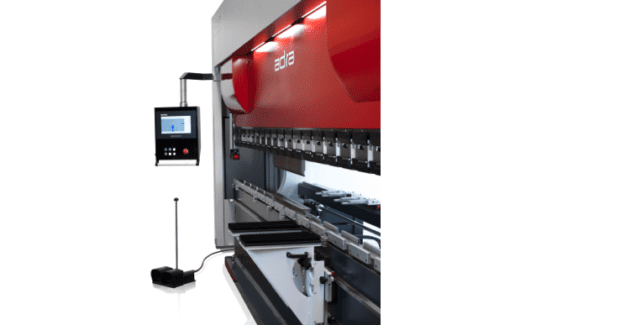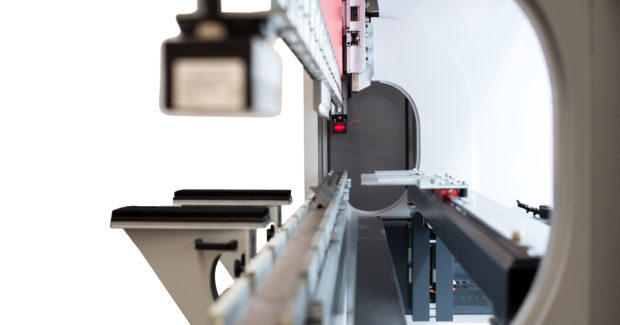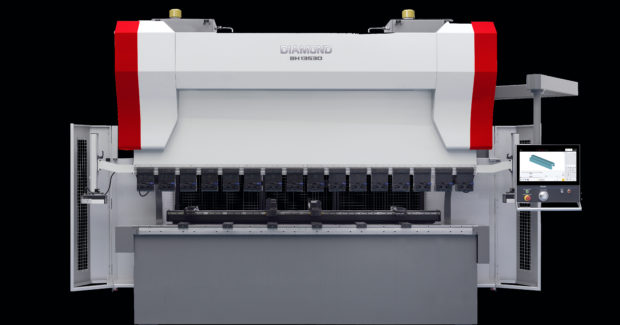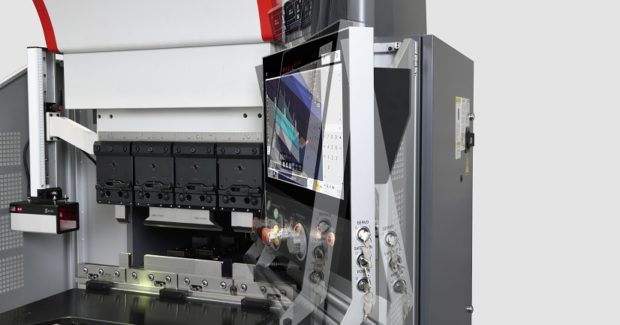Give It Up for an All-Around Value-Maker, Efficiency-Builder: Press Brakes
What can’t they do? An MC Machinery spokesman demonstrates how press brakes and press brake tools are so multifunctional and adaptable, manufacturers can creatively use them in applications beyond sheet metal and stamping dies.
Posted: July 21, 2020
BY DAVID BRAY
Adding value to the production process, while also saving time and money is a goal for any manufacturer. With the right tools, press brakes handle jobs that are typically spread out among multiple machines or would require buying additional machines. This adds value while saving time and money.
Uncommon Uses
Press brakes can also perform jobs that are typically assigned to specialized machines. For example, press brakes can form rods and tubes and add press-fit hardware to sheet metal parts. While machines exist that are specifically intended to insert weld nuts, stand-offs, sleeves, or hardware into sheet metal parts, using press brakes to do this work is more economical with small quantities.
Press brakes also can add efficiency by combining operations that would otherwise require separate processes, such as a part that requires flanges to be bent and hardware to be inserted.
Nor are press brakes just for sheet metal. Using turret-punch press tooling and forming tools inside a press brake enables the machine to emboss or create hinges, louvers, or other forms. This is far more efficient than using something like a UniPunch, which takes longer to set up or requires an older dedicated press brake. Typically, older hydraulic machines are repurposed to punching or flattening operations because they can’t hold the tolerances in forming parts.
Now, equipment like Wilson Tool International’s Brake Partner makes this process much easier, safer, and more consistent. The toolholder features a pressure-pad system that provides blank-holding and stripping, and can be used with or without guide posts.
Benefits to Maximizing Press Brake Use
Shops that have upgraded to a laser cutter to process parts faster may still need some forms in their part. Or they may be producing a small lot size, and it doesn’t make sense to invest in new machinery just for those products, whereas purchasing new tooling is much less expensive. Not only that, press brake tools can be used in more ways than dedicated stamping dies.
Using press brakes to prototype for new jobs offers more flexibility with frequent revisions.
For example, one of our customers needed to form a steel rod for an automotive-industry application. We came up with a solution to feed, cut, and form both ends of the steel rod in a robotic system on one of our small electric press brakes. This kept the footprint small and maximized throughput.
Hydraulic, hybrid, or electric press brakes can handle these more uncommon applications. Pulley-style press brakes, however, have more load limitations, so I always recommend speaking with manufacturers before performing an uncommon application.
Learning Curve
As any fabricator knows, forming is an art form. Machine tool builders can make machines smarter, but operator experience is still important.
For example, forming certain types of poly is different than using traditional sheet metal. Spring-back will be greater and take longer. An experienced operator will know whether to use traditional cold-forming methods or if warm/hot forming is better.
Press brake operators need to be active learners by asking questions, seeking out resources like blogs and social media groups, and talking with manufacturers.















